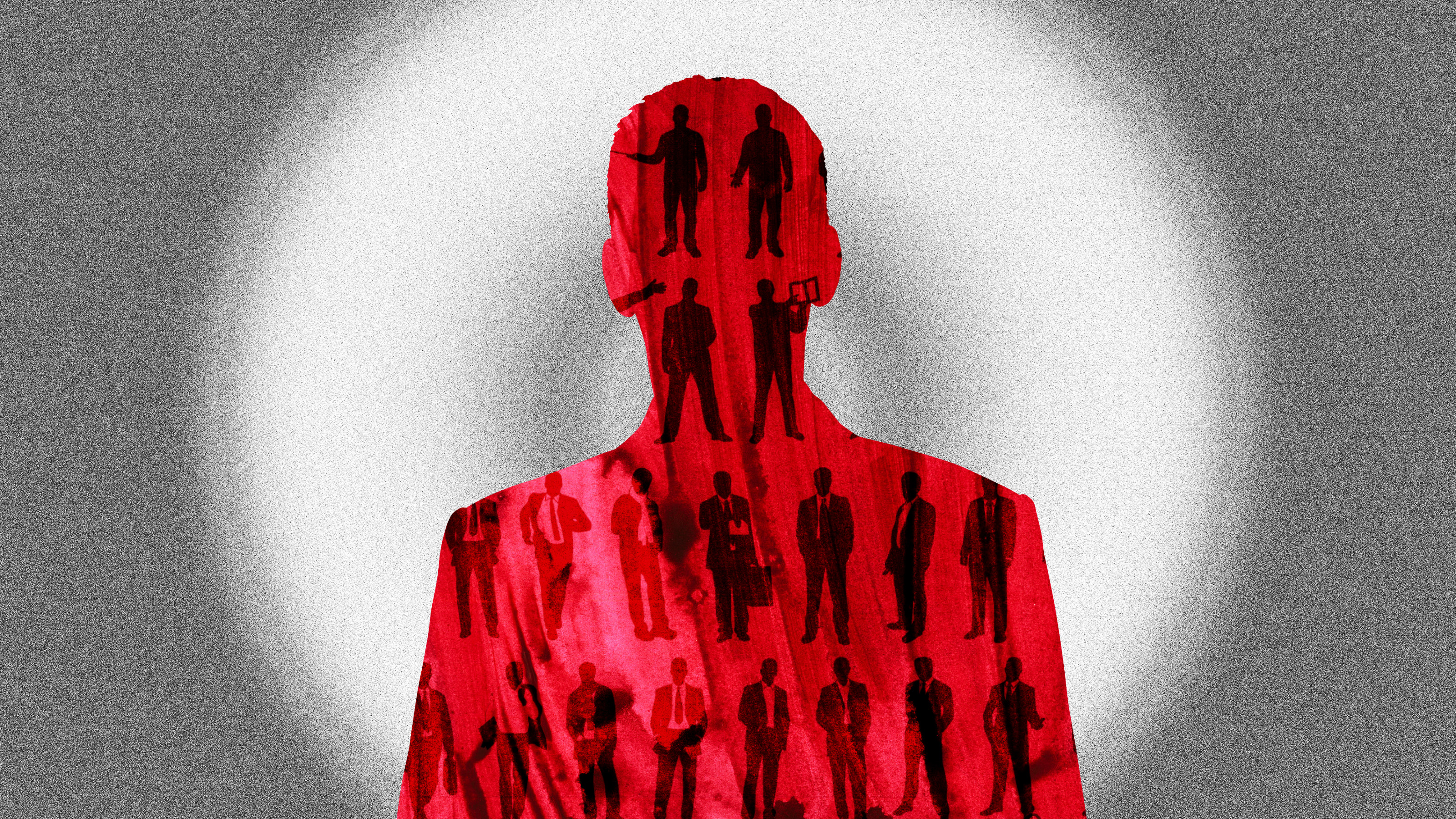Psychopaths don’t move their heads when talking

amixstudio via Adobe Stock
- Researchers have long noted that psychopathic individuals display certain behaviors during nonverbal communication, including the so-called psychopathic stare.
- The study analyzed video interviews with 507 inmates, using tracking algorithms to measure head movements.
- Inmates who scored high in antisocial traits — a facet of psychopathy — tended to keep their heads still.
Could you spot a psychopath by observing only their physical behavior? While an official diagnosis would be impossible, psychopaths do exhibit some telltale behaviors during nonverbal communication.
One is the psychopathic stare. Dr. Robert Hare, the Canadian psychologist who developed the commonly used Hare Psychopathy Checklist (PCL-Revised), described it as “intense eye contact and piercing eyes,” advising people not to make eye contact with psychopaths. Studies have documented that psychopaths’ pupils do not dilate when viewing scary or graphic images and that they tend to hold gazes uncomfortably long — especially when engaging in deception or persuasion.
A new study published in the Journal of Research in Personality offers new insights into the psychopathic stare, finding that inmates who scored high in psychopathic traits tended not to move their heads much during forensic interviews. It is a finding that may be connected to the neurological underpinnings of the condition.
Tracking psychopathic head movements
The study used AI to analyze videotaped interviews with 507 male inmates in New Mexico. During each interview, which lasted between one and four hours, the inmate sat directly across from an interviewer and a camera that was outfitted with tracking algorithms to record head movements.
Inmates also completed the Hare Psychopathy Checklist-Revised (PCL-R), which measures interpersonal, affective, lifestyle, and developmental and antisocial traits related to psychopathy. In the U.S., people who score at least 30 out of 40 are generally classified as psychopathic. The inmates’ scores ranged from 3.2 to 37, with a mean of 20.35.
The results showed that inmates who scored high in psychopathy were more likely to hold their heads still during the interviews. But while the correlation between psychopathy and stationary head movements was statistically significant and robust, it was only observed for one aspect — called facet 4 on the PCL-R — of psychopathy: developmental and antisocial traits, which include aggression, impulsiveness, and criminal behavior.
This result was a bit counterintuitive, the researchers noted. After all, it might seem like head movement during communication is a behavior that would be associated with the interpersonal traits of psychopathy, like pathological lying or manipulation. But the researchers indicated that facet 4 also accounts for developmental traits, and that it is important to recognize “the developmental nature of antisocial pathology and how this is relevant to the subtle interpersonal cues quantified by the current methods.”
Identifying atypical nonverbal communication
So, why study head movement at all? The researchers noted that nonverbal behaviors play a crucial role in communication. For example, past research on interpersonal communication has found that head movement and direction can help convey agreement, dissent, and confusion, while doing things like shaking your head or nodding can help emphasize a point.
When combined with gaze, the researchers noted, head movement can express even more complex functions, like degree of emotion, social control, and regulation of conversation sequencing (e.g., whose turn it is to talk). The unique ways psychopaths communicate nonverbally could offer clues into the neurological underpinnings of the condition and improve how clinicians identify psychopaths.
The study was not designed to determine why psychopathic individuals with especially high antisocial traits limited their head movements. But the researchers proposed a hypothesis: amygdala dysfunction, “a hallmark neurobiological feature of psychopathy, affecting emotional processing, reinforcement learning, and interpersonal interactions.”
They also wrote, “Violations of personal space (e.g. standing too close), inappropriate approach behavior, and intense orienting may reflect impairments in amygdala function in psychopathy as these are also characteristic of patients with amygdala damage.”
The researchers concluded by noting that improvements in automated behavior-tracking systems — which eliminate the need for subjective reports — could provide deeper and more objective insights into psychopathy.





